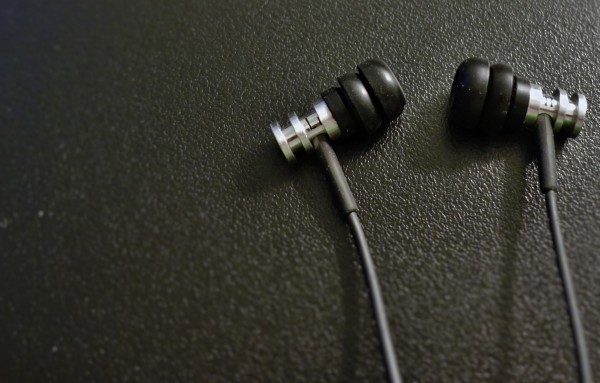Tell Tale Tech: Arguing Acoustics
April 20, 2015
The majority of people use the headphones that come with their devices simply because they are free. It is very tempting from a convenience standpoint, but most do not realize that these included headphones are absolutely terrible on more than one level. The sound quality is bad. Build quality is questionable at best. And they are extremely uncomfortable when used for extended periods of time.
The good news is that significantly better headphones are financially attainable. Brands like Yamaha, Creative and Sennheiser provide the best value when it comes to sound quality and versatility. You would be wise to avoid the common and overly advertised ones like Bose, Shure and Beats though, as they are ridiculously overpriced and offer no advantages over their cheaper (and better) counterparts.
Obviously, the most important aspect of headphones is their ability to accurately reproduce highs, mids and bass. However, this balance is difficult to achieve from a purely auditory engineering standpoint.. Some headphones try to mask their shortcomings by overemphasizing some of these sound spaces, but just end up sounding unfocused and muddy. The most common trend is to overblow the bass and hope for the best, which *spoiler* does not amount to a good experience.
Build quality must be considered as well. Even if a pair of headphones has great sound, they will be completely useless if they break after a few months of use. It is actually quite common for one of the earbuds to stop working suddenly or for the wire to fray to a point that it is unusable, even after only a short period of ownership. Generally though, better sounding headphones tend to be better constructed as well.
Headphones come in a variety of forms and styles as well, since people need headphones for various purposes. Over-the-ear headphones (OEMs) should be used by those who listen to music in a stationary environment, as they are bulky, but nonetheless offer the highest definition audio quality. In-ear-monitors (IEMs) are best suited for people who are relatively mobile, but still want crisp audio. Exercise aficionados should stick to clip on headphones or wireless options. Some are even waterproof or shatterproof, which makes them durable enough to withstand all of the abuse that they will take.
as you may have expected, prices for these kinds of headphones can go as high as a few thousands of dollars. But the audio improvements are negligible without having absurdly high quality media libraries, which makes for a poor investment. I would also advise against buying headphones based solely on their branding. Contrary to popular belief, the design has absolutely nothing to do with the sound quality. It’s actually quite shocking.
For many people, headphones are just as essential as a phone or computer. While buying a good pair may seem intimidating, it is just a matter of using common sense and being knowledgeable about the features you want and those you want to avoid. And If you take care of them, a good pair can last you a few years. It’s one of the few technologies that ages well.










